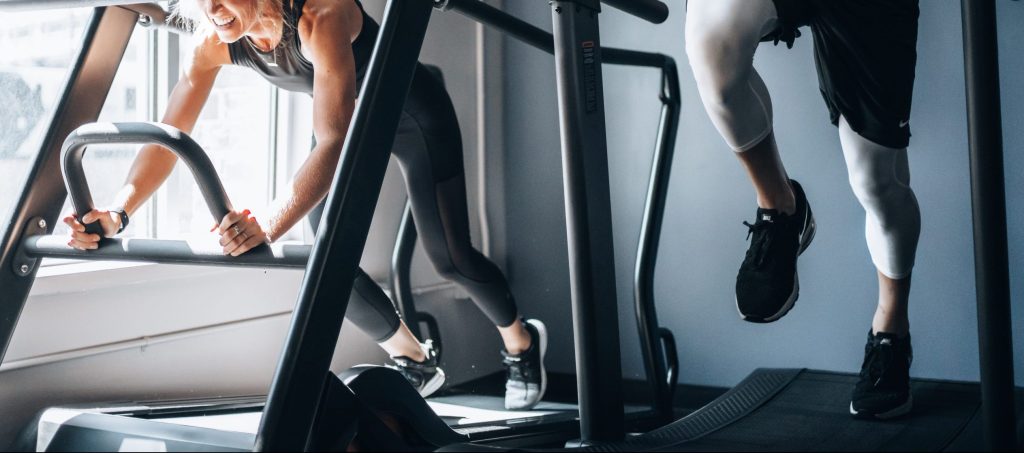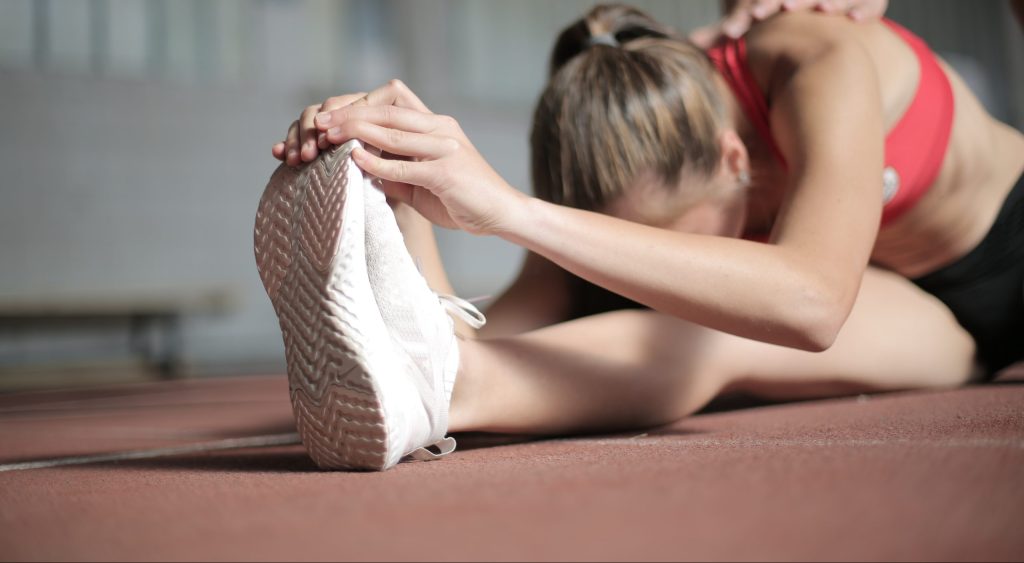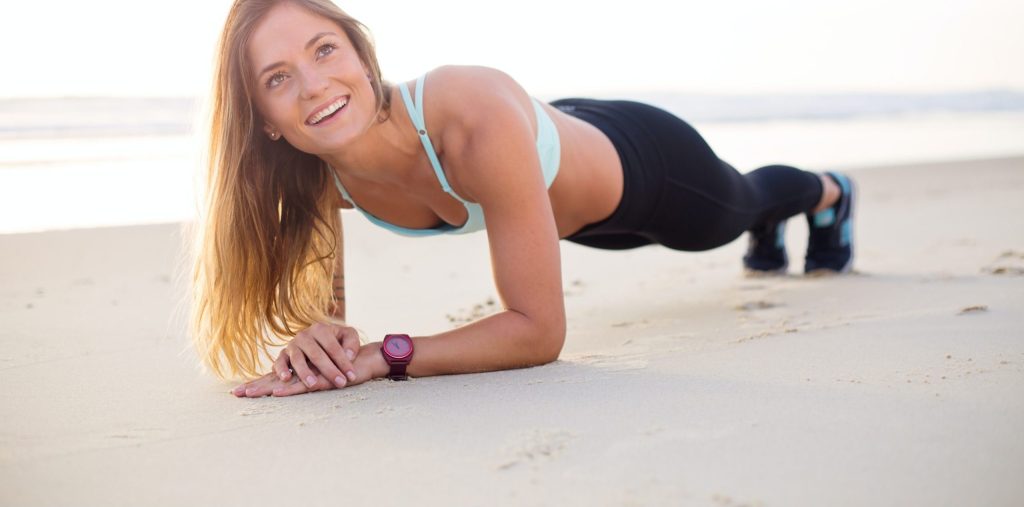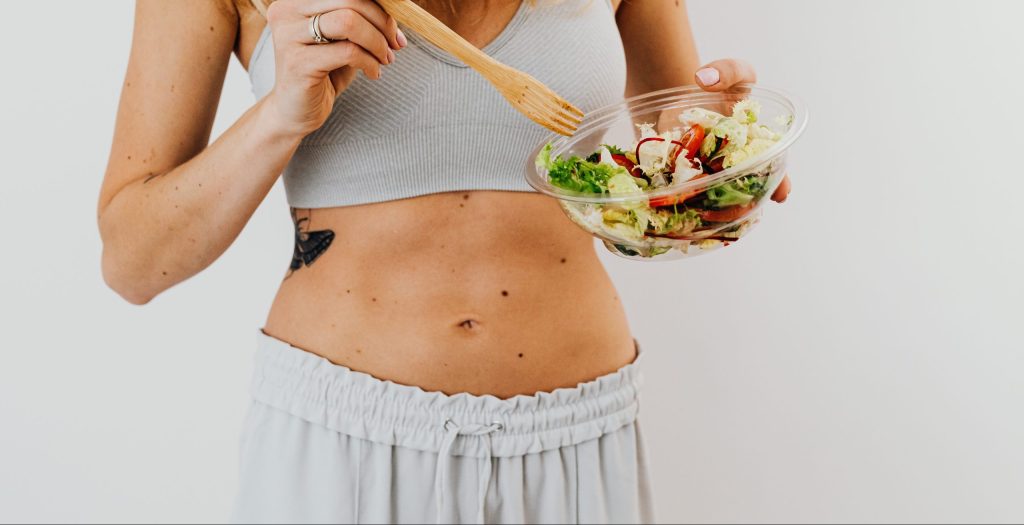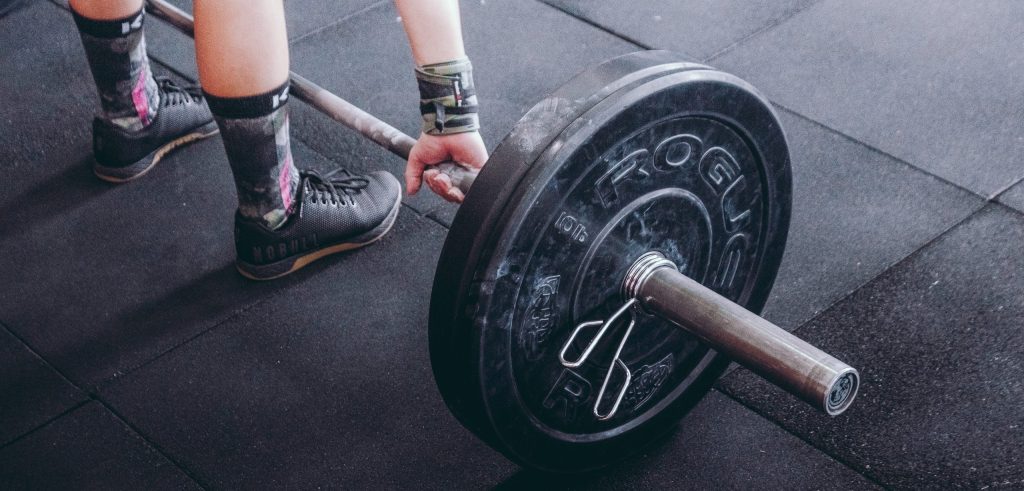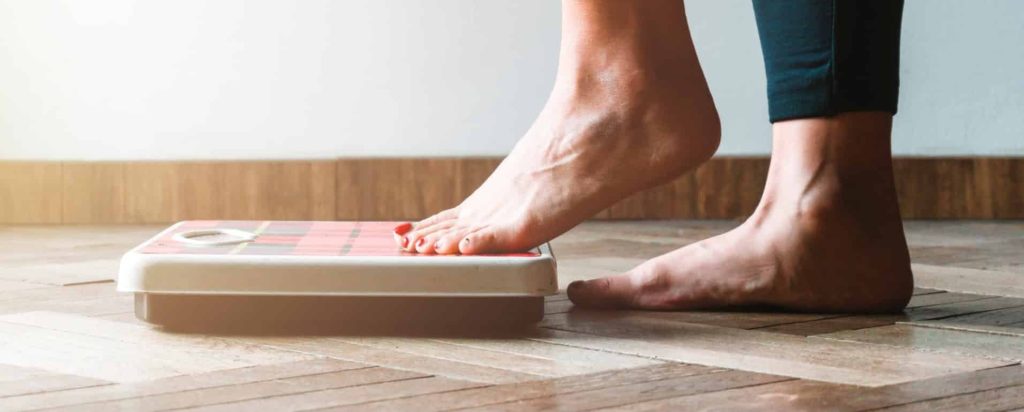Is HIIT a hit?
HIIT has been around for quite a while and there is quite a debate over its benefits, whether it is indeed a good form of the exercise, and how often we should do it. Let’s get into the details, so you can find out if HIIT is a good match for you.
What is HIIT, and how is it done?
Let’s start with clarifying some basics. HIIT is short for high-intensity interval training. This type of training incorporates several rounds that alternate between several minutes of high intensity movements to significantly increase to at least 80% of one’s maximum heart rate. Followed by short periods of lower intensity movements. This means that you perform an exercise for a set period of time – 40-45 seconds, followed by short period of rest – 15-20 seconds. While your workout you push your body to the limits, which can be difficult and challenging for most people. But the benefits do outweigh your struggles and the perks for your cardiovascular (your heart) and muscular systems are incredible. The most popular type of this routine is done is by using bodyweight exercise only, but it can also include other equipment, such as: dumbbells or kettlebells, jump rope or sliders. It works multiple major muscle groups and parts of your body. These compound exercises are the reason you can burn more calories and fat, as you work more muscle groups at once.
What are the benefits of HIIT?
-
-
A healthier heart
-
While we work on getting stronger, our heart gets stronger as well, but why?
According to Dr. Amanda Bonikowske, HIIT increases your peak oxygen consumption (VO2). VO2 is a measurement of the amount of oxygen your heart can pump throughout your body, and an increased peak of it is associated with a healthier heart. A better heart health can extend your life expectancy, so consider implementing HIIT workouts in your everyday exercise routines.
-
-
It is flexible and adjustable
-
This type of routine can be anywhere from 15-20 minutes to 45-60 minutes. Meaning that you can adjust it to your (presumably) busy lifestyle. If you’ve got some time on your hands and want to blow off some steam, a longer HIIT session is what you need. You can also modify these HIIT routines according to your fitness level. Short 20 minute sessions without any equipment would be a perfect start for a beginner. However, using the gym to your advantage is also an option! HIIT can also be done by using cardio equipment, such as stationary bikes or treadmill.
-
-
Can be done anywhere
-
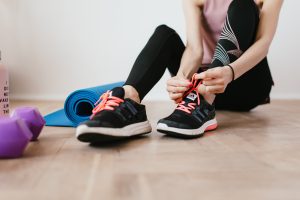 There are no limits when it comes to HIIT. If you enjoy working out in the gym, you can do your HIIT routine in the CrossFit section, or anywhere for that matter. HIIT rarely takes up any space, you do most of the exercises in the same spot. This means that it is perfect for home workouts, small apartments and crowded gyms. Your yard, or a local park can also be a perfect spot for a combination of some sunshine, fresh air and HIIT!
There are no limits when it comes to HIIT. If you enjoy working out in the gym, you can do your HIIT routine in the CrossFit section, or anywhere for that matter. HIIT rarely takes up any space, you do most of the exercises in the same spot. This means that it is perfect for home workouts, small apartments and crowded gyms. Your yard, or a local park can also be a perfect spot for a combination of some sunshine, fresh air and HIIT!
-
-
-
You burn fat after your workout!
-
-
Not only do you get super sweaty and burn a lot of calories during your workout, but you also burn them after! Due to the intensity of the workout, HIIT can elevate your metabolism for hours after exercise. This results in burning additional calories even after you have finished exercising. Your metabolism needs time to recover after an intense workout because it uses up most of your oxygen. This is called oxygen debt or excess post-exercise oxygen consumption (EPOC). Oxygen consumption results in energy consumption, which is why you burn calories after intense exercise such as HIIT.
-
-
Stress relief
-
A study which compared the benefits on mental health from both MIT ( Moderate-Intensity Training) and HIIT during the Covid 19 pandemic, has proven that HIIT reduces anxiety, depression and stress. The participants were divided into two groups and monitored, one of them was preforming HIIT exercise, and the other MIT exercise. Moreover, the improvements obtained in the HIIT group seem to be greater than those of the MIT group in depression.
Notes and Tips on implementing HIIT in your routine.
-
-
Don’t overdo it!
-
Keep your workouts on a time limit, and try to avoid doing more than 90 minutes of HIIT per week.
Slowly start implementing it in your routine, by taking 20 minutes of your time each day, two to three times a week. Too much high intensity training puts stress on your body, and can lower your metabolic rate.
-
-
Avoid training close to bed time!
-
Elevating your heart rate before going to sleep is not ideal. Avoid exercise at night and too close to bed time, it can badly affect your ability to fall asleep, and your sleep quality.
-
-
Warm up before you exercise!
-
One of the most important steps to take before any kind of exercise, especially one that is high in intensity. Make sure to have a good warm up routine, in order to avoid injures and get your body ready for some vigorous exercise. Don’t forget to also use a cool down routine, to slowly lower your heart rate.

